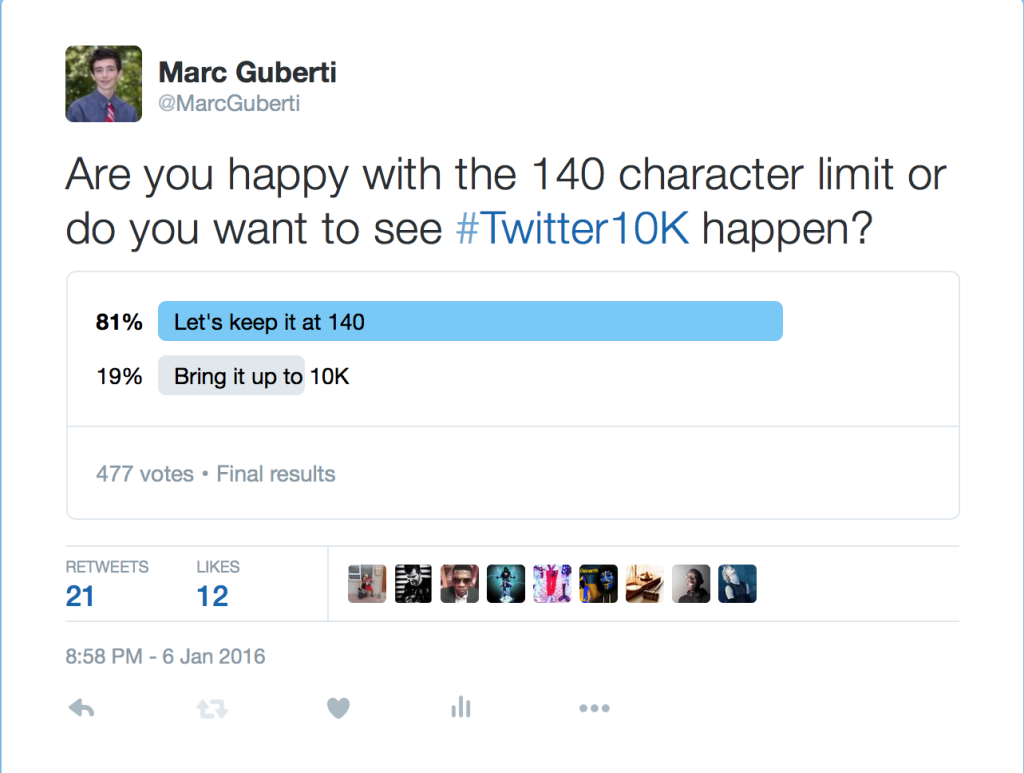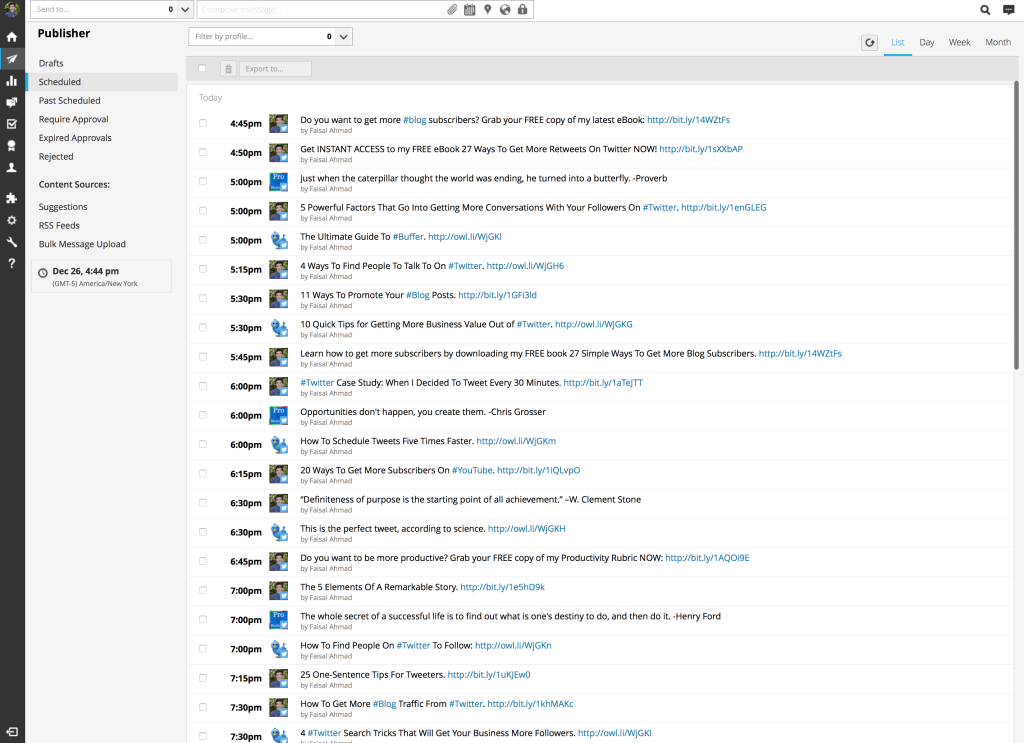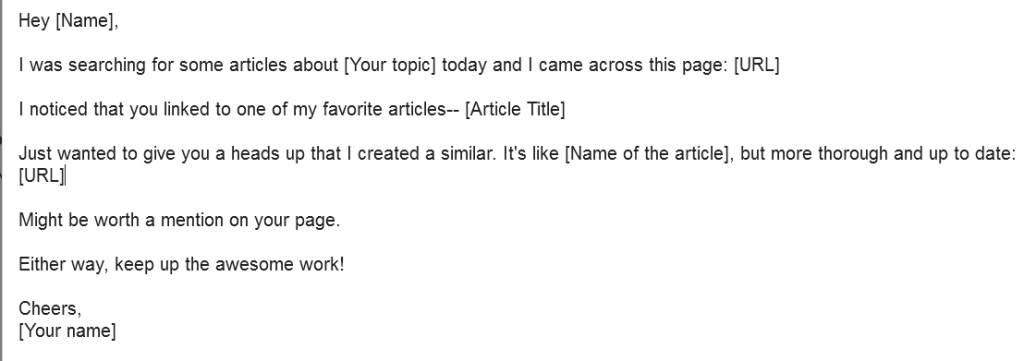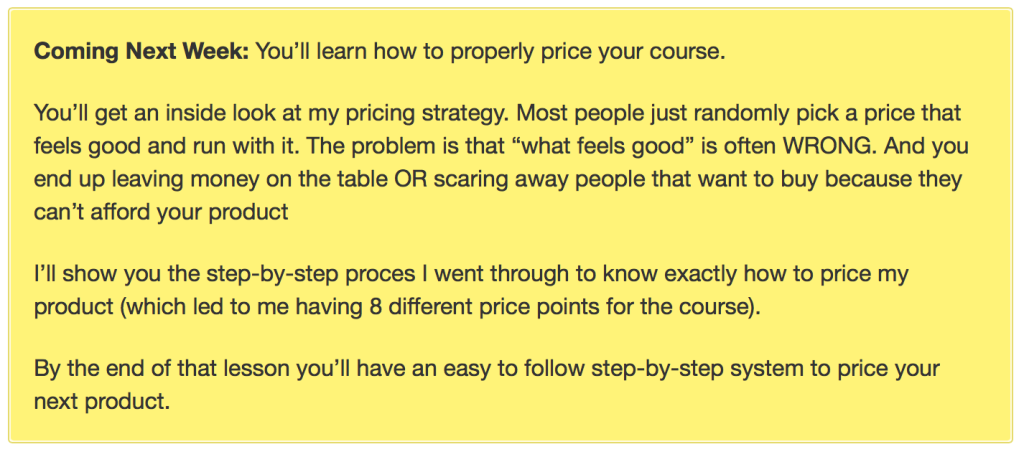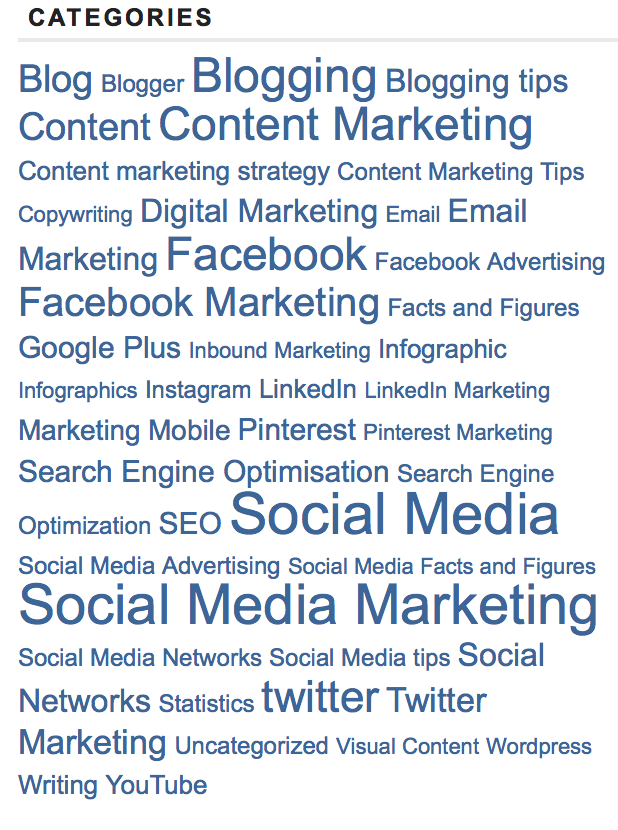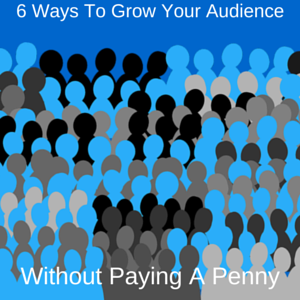
Getting blog traffic with social media works. Some bloggers rely on social media for all of their traffic. For the past three years, almost half of my blog traffic has come from social media.
Twitter has been leading the charge and led over 110,000 visitors to my blog in 2015.
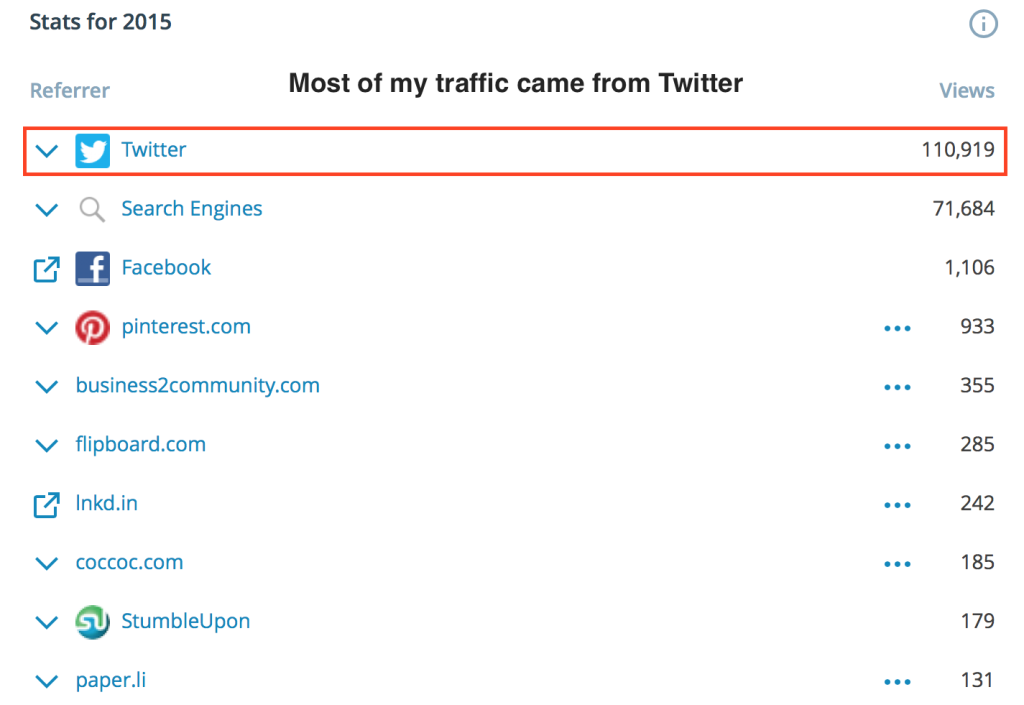
Social media is a powerhouse for blog traffic, but only if you know how to use it. Many bloggers go to social media to get more traffic. They’ve seen the case studies and listened to all of the recommendations.
And the fact that over a billion people use social media helps out with the decision making.
After that, the path gets foggy. Sending a tweet with your blog post’s link is the easy part. Getting sustainable traffic from social media is the challenge.
That challenge has its rewards. You’ll get social media traffic but you will also gain credibility which is important for standing out as an expert.
The key to getting sustainable blog traffic from social media is to put consistent effort in the right areas. What are those right areas? That’s what this blog post is all about.
#1: Post Your Blog Content Often
Hear about the 80/20 rule for social media. I’m not talking about the epic Pareto’s Principle (80% results come from 20% of the work).
I am talking about another 80/20 that plagues many social media users. The way this 80/20 works is that you promote other people’s content 80% of the time and you promote other people’s content 20% of the time.
LIE!
That’s not how it works at all. At least, if you want to get sustainable blog traffic. It’s great to share other people’s content, but you need to focus more of your time on sharing your content.
The truth about people looking for content is that the value of the content matters the most. It doesn’t matter if you only tweet your content. As long all of your content is empowering and/or entertaining, then your social media audience will always want more of it.
I post my blog content 95% of the time. I will occasionally share other people’s content and promote landing pages (other than my own) using my affiliate links.
But most of the time, I am sharing my own content. That’s how I am able to consistently get hundreds of daily visitors from my social media platforms.
#2: Outsource Some Of The Work
I know what some people are going to say. If you give the work you are already doing to someone else, then you won’t gain any additional blog traffic.
But you gain time. Lots of it.
The time you gain can be repurposed towards more profitable activities or activities that result in more blog traffic.
Suddenly, you’ll have more time to master AdWords, Facebook Advertising, and any other method of traffic generation that you choose to master.
Then, you might decide outsourcing is your secret weapon.
You can then learn enough about certain social networks and hire freelancers to grow your audiences on other platforms.
You have the expertise and know what to do. Then you hire freelancers and let them know what needs to get done.
Outsourcing creates more time, and if you use your time wisely, then you will increase your blog traffic and make a bigger profit in the long-term.
#3: Turn Cross-Promotion Into Your Friend
This is the secret ingredient for successful social media marketing. It’s the potent ingredient in the back of the refrigerator. It’s the ingredient buried deep within the cookbook.
Maybe I should stop now and keep it a secret. No, I won’t do that. You deserve to know for making it this far.
Cross-promotion is when you use one of your social media platforms to promote your other social media platforms.
It looks so innocent, but it’s impact is the secret part.
You can see cross-promotion in action with YouTubers. When they upload a new video, the savvy YouTuber will promote the video on Twitter, Facebook, Pinterest, and a few other social networks.
The YouTube video then at some point (in the description and/or at the end of the video) promotes the Twitter, Facebook, Pinterest, and other social media accounts that the YouTuber has.
The result is an infinite loop in which users continuously consume content from the same person across multiple social media platforms.
And the content is so good that these users follow the same person on all of his/her social networks.
Anytime these users are on social media, regardless of which social network they are on, they can encounter content posted by that person.
Think of the chances you see one of my social media posts if you only follow me on Twitter versus if you follow me on Twitter, Pinterest, YouTube, Facebook, and Instagram.
The odds increase as you follow me on another social network. Cross-promotion makes sure people who follow you on one social network eventually follow you on all of your social networks.
And if you promote your blog posts on each of those social networks, then you can expect to get a lot of traffic in return.
#4: Make It Easy For People To Share Your Content
The easier it is for people to do something, the more likely they are to do it. At the bottom of many blog posts are a bunch of social sharing options.
Click the button and a social media post shows up.
If you want to increase the chances of people sharing your content, you need to make it easier for people to access those buttons.
Buttons at the top and bottom of your blog posts are no longer enough. Blog posts are getting longer which means it takes longer for people to see those buttons.
More and more bloggers are shifting to drag-down social media sharing buttons that allow visitors to share your content across a variety of social networks regardless of what part of your blog post they are reading.
You can also make it easier for people to share your content by using plugins like this one:
[Tweet “7 Tactics To Boost Your #Blog Traffic With #SocialMedia.”]
This plugin is very useful for getting more people to share my content. The social media traffic you get isn’t just from your audience.
The social media traffic you get is a combination of your efforts and your audience’s efforts to promote your content. If your content is good, your audience will want to promote it.
If you make it easy for your audience to promote your content, then more people within your audience will promote your content.
#5: Use Better Pictures
Pictures are critical. Any social media post on any social network with a picture has been proven to get more engagement than the same social media post without a picture.
Pictures are so important that for certain social networks, you can’t post an update unless you include a picture (Pinterest, Instagram, and others).
You need to use pictures that grab attention and make it clear to your visitors what your blog post is about. That’s why all of my pictures include the title of the blog post.
Just look at the picture I used for this very blog post.

The title of the blog post is shown within the picture. The text lets Pinterest and Instagram users know exactly what content they will read before they read the Pinterest/Instagram post’s description.
If you can’t create compelling pictures or it takes too much of your time, hire someone to get the job done for you.
And it’s okay to hire someone. Every minute you spend creating pictures is another minute that you can’t promote your blog.
That may have sounded harsh, but it’s the way you need to think of your time. Your time is valuable.
#6: Get Creative
Social media is constantly evolving which means some methods rarely discussed will work for you. Sometimes, you have to be a pioneer and experiment on your own.
Kim Garst was one of the first social media experts (if not the first) to take Periscope seriously. She was a pioneer and now Periscope brings her six figures.
New social networks will come out in the future. The first batch of winners will primarily consist of the pioneers.
#7: Analyze Your Results
As you continue getting blog traffic from your social media efforts, you have to then analyze the results.
Which of your blog posts get the most traffic? Does a certain blog post perform better on Facebook than on LinkedIn?
The analysis is important. You get to learn what works within your strategy. Knowing what works allows you to make better decisions.
When I discovered my Twitter audience (unsurprisingly) enjoys Twitter related blog posts, I wrote more Twitter related blog posts. This decision resulted in more Twitter related blog posts that I could tweet.
That resulted in more traffic.
Making decisions like that based on your analysis allow you to better serve your audience, and in effect, get more traffic.
In Conclusion
Social media is the best place to get more blog traffic. You can leverage it as the foundation that results in more SEO traffic and more landing page traffic (which grows your email list).
Social media provided me with most of the building blocks that I used to create my blogging empire. Consistently put in the work day by day and you are bound to see results.
What are your thoughts on getting more blog traffic from social media? Which of these tips was your favorite? Do you have any other tips for getting more blog traffic from social media? Sound off in the comments section below.

